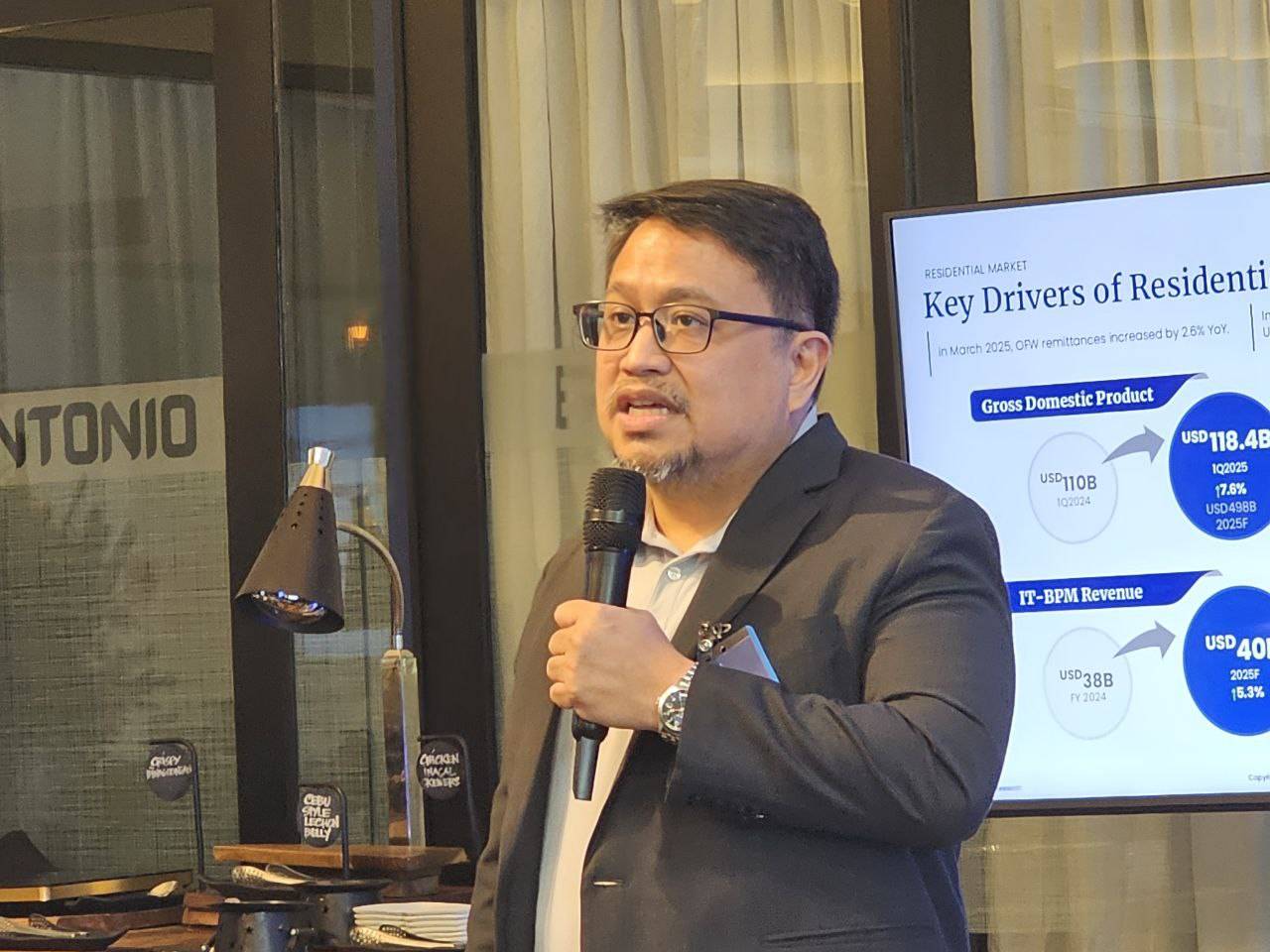Metro Manila needs 3 years to stabilize residential property glut, says Leechiu

It may take about three years for the local property market to clear out unsold residential condominium units in Metro Manila as current demand remains relatively soft, according to Leechiu Property Consultants.
Total condominium inventory in the metropolis is estimated at 764,100 units, representing a mix of ready-for-occupancy (RFO) and preselling units that are still in the development pipeline.
Of these, there are 619,000 RFO units, 95 percent of which had been sold. Units launched for preselling deals stood at 145,000 units, 62 percent of which had been taken up.
Roy Golez, research director at Leechiu, on Thursday told reporters that overall demand in the National Capital Region inched up by 2 percent to 6,643 units in the second quarter from the first quarter.
However, demand in the middle income (worth P2.3 million to P4 million per unit) and upper middle income (P4 million to P7 million) markets dropped by 41 percent and 31 percent, respectively, during the same period.
Geographically, Quezon City had the most number of unsold RFO units at 19,500, followed by the Ortigas business district with 15,000, Bay Area with 13,800 and Manila with 11,400 units.
When developers are unable to sell residential units before completion, or even long after, they lose the opportunity to recognize revenues and allot more money for new projects.
New launches surged by 31 percent quarter-on-quarter to 1,761 units in the second quarter as developers worked double time to sell their new projects by offering discounts and longer payment terms.
“The total supply in the market grew to 82,800 units … it grew slightly despite the demand of 6,600 units primarily due to new launches,” Golez said in a press conference. This is seen equivalent to 37 months or about a three-year supply.
Tempered demand
The real estate broker attributed the demand, albeit tempered, to “silent” economic drivers, including gross domestic product (GDP) and information technology and business process management (IT-BPM) revenue growth.
Economic growth plays a big role in the property market, especially since this boosts purchasing power and consumer confidence, while lowering borrowing costs.
At the same time, the IT-BPM sector remains the key demand driver in the real estate industry.
Interest rate cuts also give a significant boost. For instance, nonperforming residential real estate loans ratio, which measures the capacity of a borrower to repay their loan, eased to 6.3 percent in the first three months of the year from 6.9 percent in the same quarter last year, when the Bangko Sentral ng Pilipinas kept rates steady.
“It seems that the current NPL (nonperforming loan) ratios are still acceptable,” Golez said.
He also said the luxury segment would remain resilient despite a challenging environment, with more launches in this market expected this year.
Units in this segment are worth at least P68 million each and account for only 1 percent of the unsold inventory in Metro Manila.
Of total stock, the upscale segment (P7 million to P12 million) accounted for 37 percent; high-end (P12 million to P68 million), 16 percent; upper middle, 31 percent; middle income, 10 percent; and lower middle, 5 percent.
While investors are remaining cautious because of the current economic climate, Golez noted that recent announcements of two more interest rate cuts this year “will likely feed demand in the next quarters.”





















